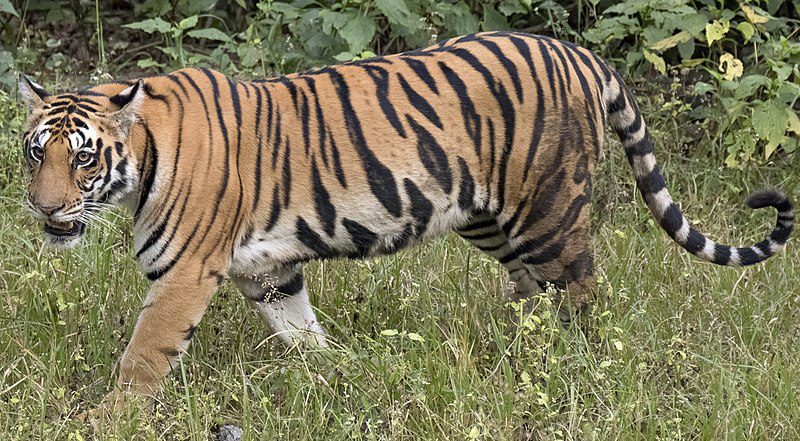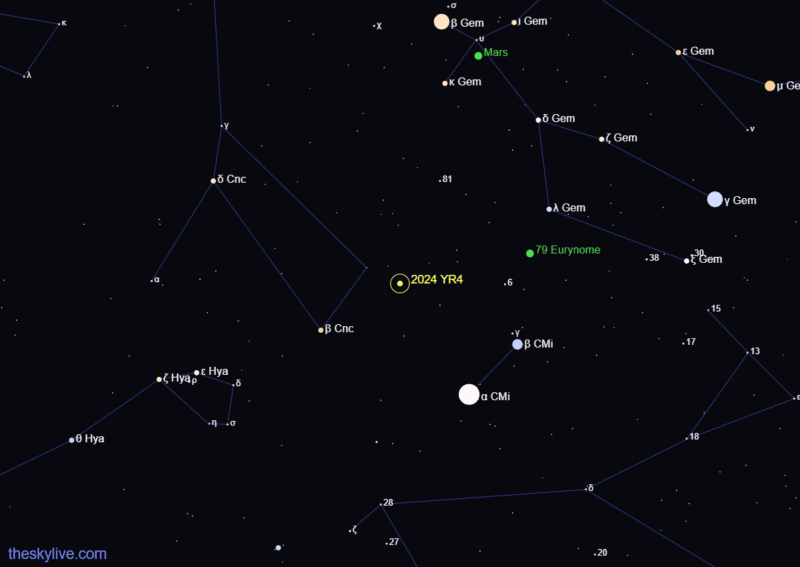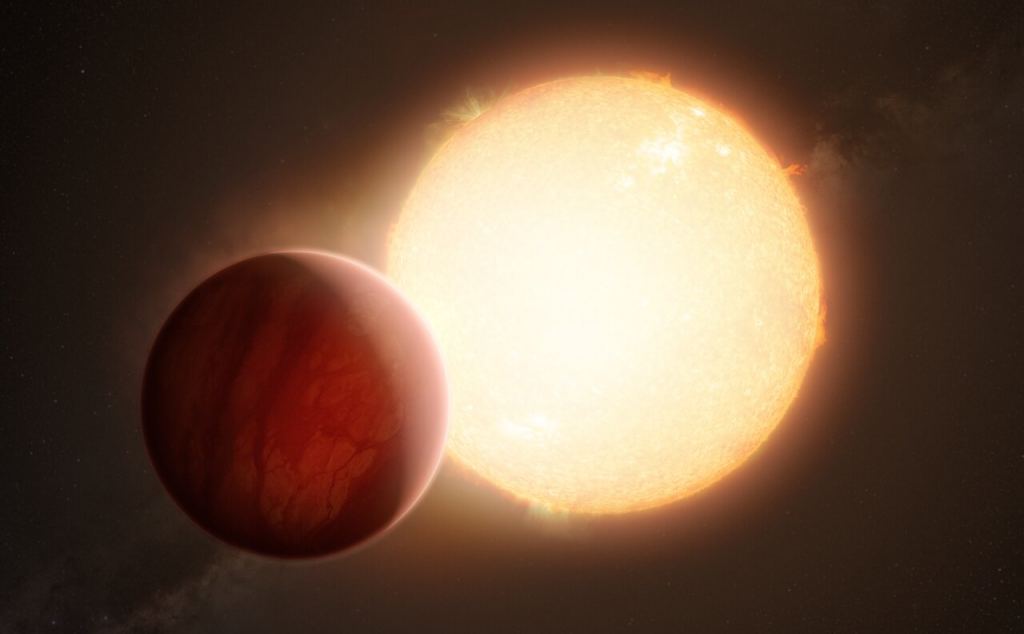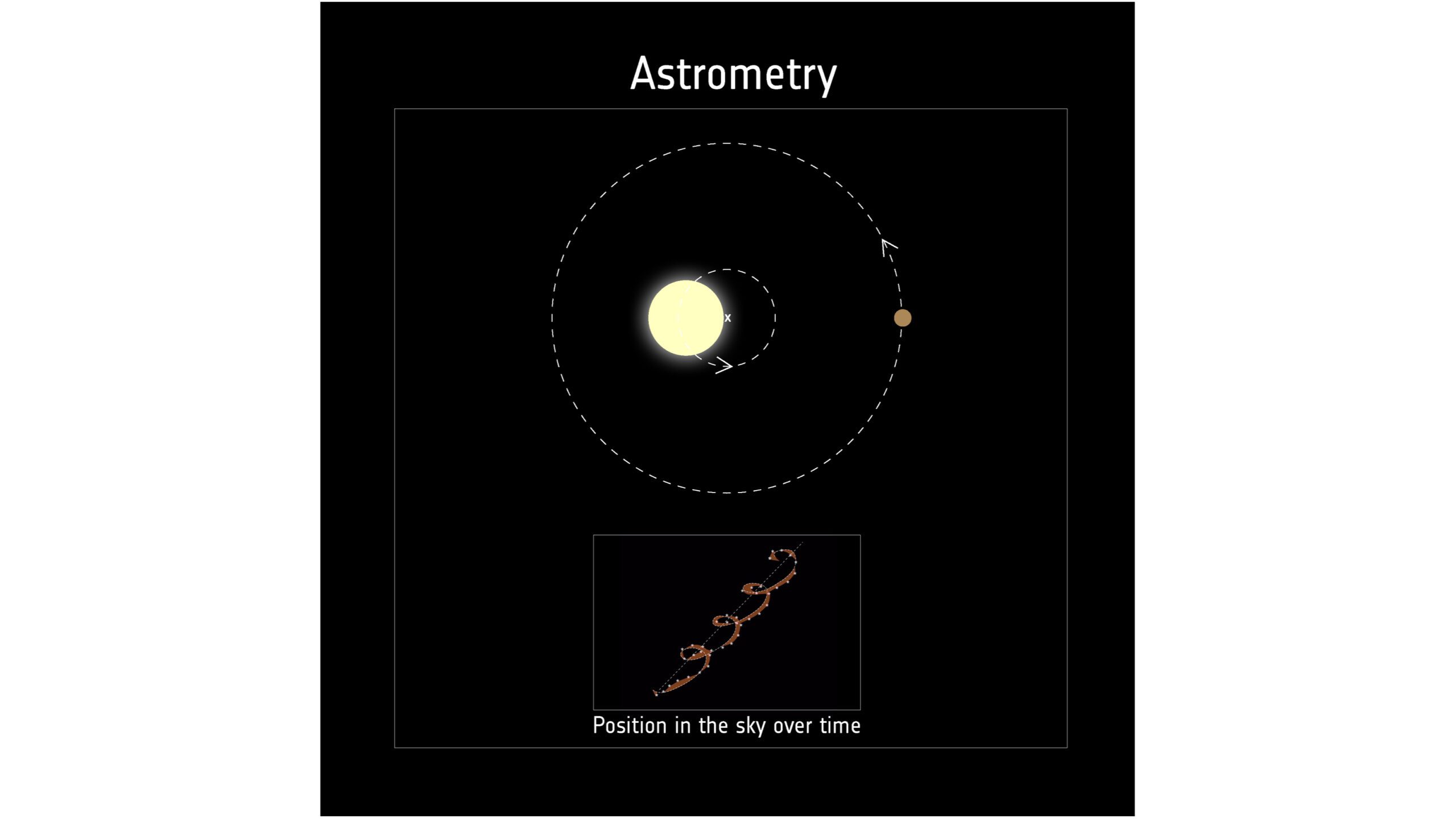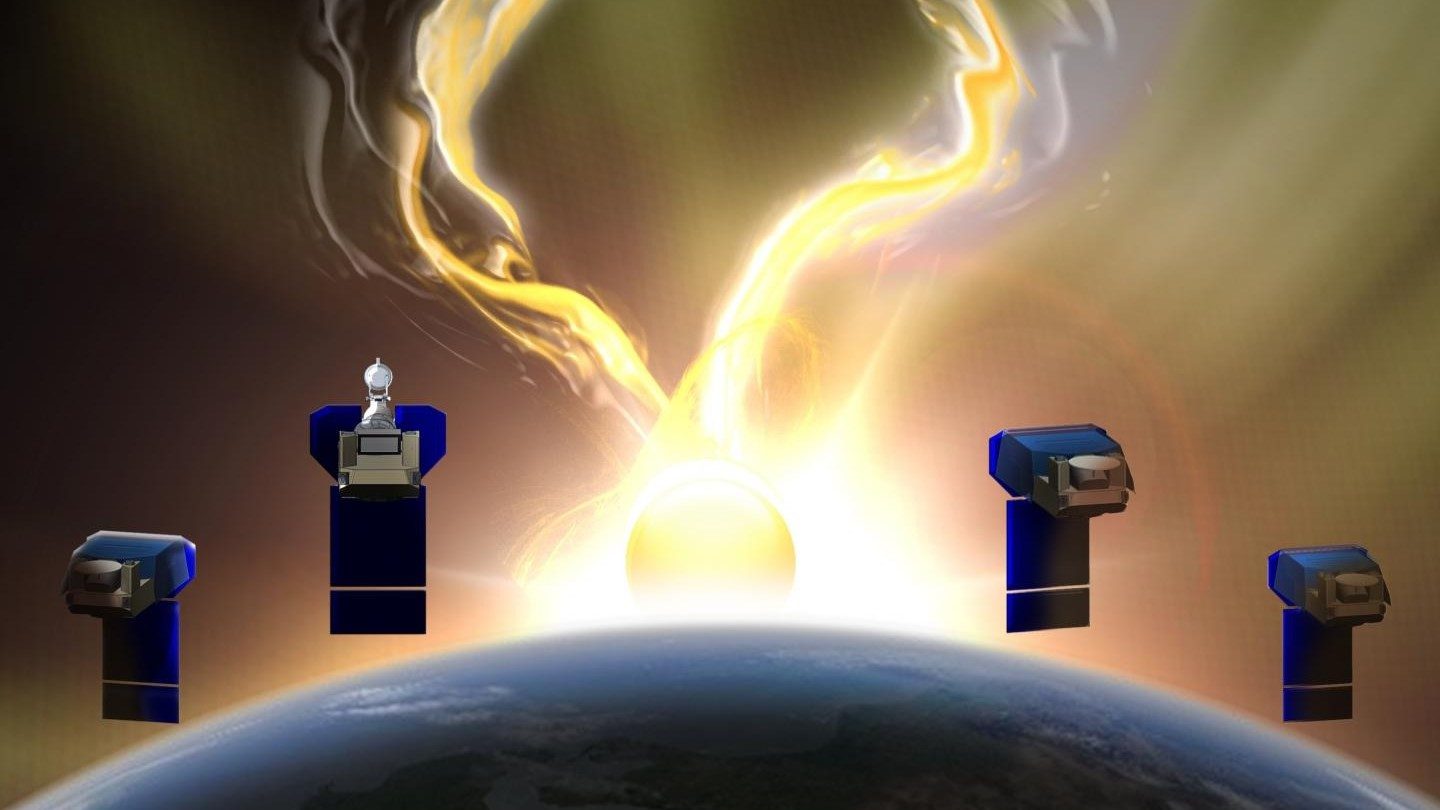Tigers in India see remarkable population recovery
A female tiger at Kanha National Park, India. Tigers in India, scientists recently announced, have increased 2-fold since 2010. India now has 75% of the world’s tiger population. Image via Charles J. Sharp/ Wikimedia Commons. (CC BY-SA 4.0) Bringing back tigers in India Tigers once roamed widely across Asia. However, by the early 2000s, they … Read more
